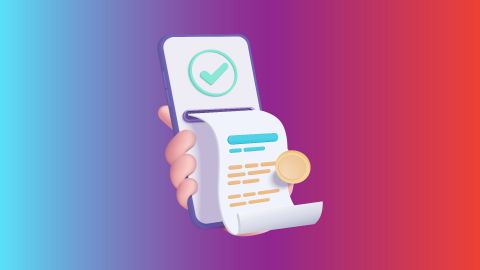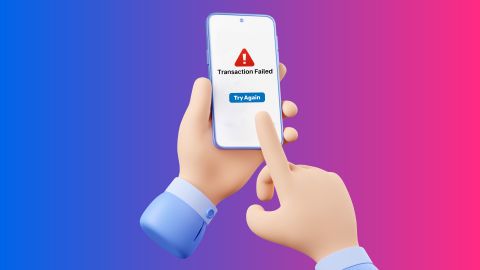These challenges can range from technical glitches to incorrect details. Understanding the causes of these errors and learning how to fix them ensures smooth payment experiences. With platforms like Bajaj Pay making digital payments easier, resolving UPI PIN issues promptly is essential for users to enjoy seamless financial services.
What is a UPI PIN
A UPI PIN is a security code that protects payments made through UPI (Unified Payments Interface). It is typically a 4- or 6-digit number created by the user to authorise each transaction. UPI links bank accounts to mobile applications, making it possible to send and receive money without repeatedly entering bank details.To set up a UPI PIN, users need their debit card details and must verify the process using an OTP (one-time password) sent to their registered mobile number. Once verified, they can choose a unique PIN. This number must be kept confidential to prevent unauthorised access to the linked bank account.
Key aspects of a UPI PIN:
Security: Acts as a shield against unauthorised payments.
Convenience: Eliminates the need to enter bank details for every transaction.
Interoperability: Works across various banks and apps, including Bajaj Pay and other UPI platforms.
Common errors while generating UPI PIN
Several common issues can arise when users attempt to create or reset their UPI PINs:Incorrect debit card information: Mistyped card numbers, expiry dates, or CVV codes can block the process.
OTP delays: Failure to receive an OTP due to network or technical problems can prevent completion.
Mobile number mismatch: Using a number not linked to the bank account leads to verification errors.
Bank server downtime: Temporary unavailability of bank services may cause transaction failures.
Exceeded attempt limits: Too many incorrect attempts can temporarily lock access.
Understanding these issues helps users take corrective action and avoid repeated frustrations.
How to troubleshoot UPI PIN generation errors
Most UPI PIN errors can be resolved with simple troubleshooting steps:Check card details: Double-check debit card information, including number, expiry date, and CVV, for accuracy.
Ensure network connectivity: A stable internet connection is critical for OTP delivery and successful setup.
Use the registered mobile number: Ensure the mobile number linked to the bank account is active and ready to receive SMS.
Retry after a short wait: Bank servers may experience temporary downtime; waiting a few minutes before trying again can help.
Contact your bank: If issues persist, contact your bank’s customer support for assistance.
These proactive steps can resolve most problems without needing advanced technical expertise.
Tips to avoid UPI PIN generation errors
| Tip | Details |
| Keep debit card details handy | Ensure accurate entry of debit card number, expiry date, and CVV. |
| Maintain a stable network | Use a reliable internet connection to avoid transaction disruptions. |
| Enable international roaming | If travelling, activate roaming to ensure receipt of OTPs. |
| Limit incorrect attempts | Avoid multiple wrong entries to prevent the account from being locked. |
| Update your UPI app | Use the latest version to benefit from security improvements and bug fixes. |
Implementing these simple tips can help users avoid many common errors when setting up or resetting a UPI PIN.
When to contact your bank
There are specific cases where contacting the bank is the best course of action:OTP not received: After ensuring the correct mobile number and stable network, if no OTP arrives.
Persistent server downtime: If server issues at the bank persist beyond a reasonable timeframe.
Locked out due to incorrect attempts: When access is restricted due to too many failed entries.
Mobile number linking issues: If the bank account is not linked to the correct mobile number for UPI.
Prompt communication with the bank ensures smooth resolution of these problems without compromising account security.
Conclusion
Generating a UPI PIN is an essential step for secure digital transactions. Users can avoid common issues by following best practices and troubleshooting methods.Payment platforms like Bajaj Pay offer efficient UPI services that, when combined with a proper understanding of error management, provide a hassle-free experience. Staying informed and proactive about UPI PIN generation enhances both security and convenience.




